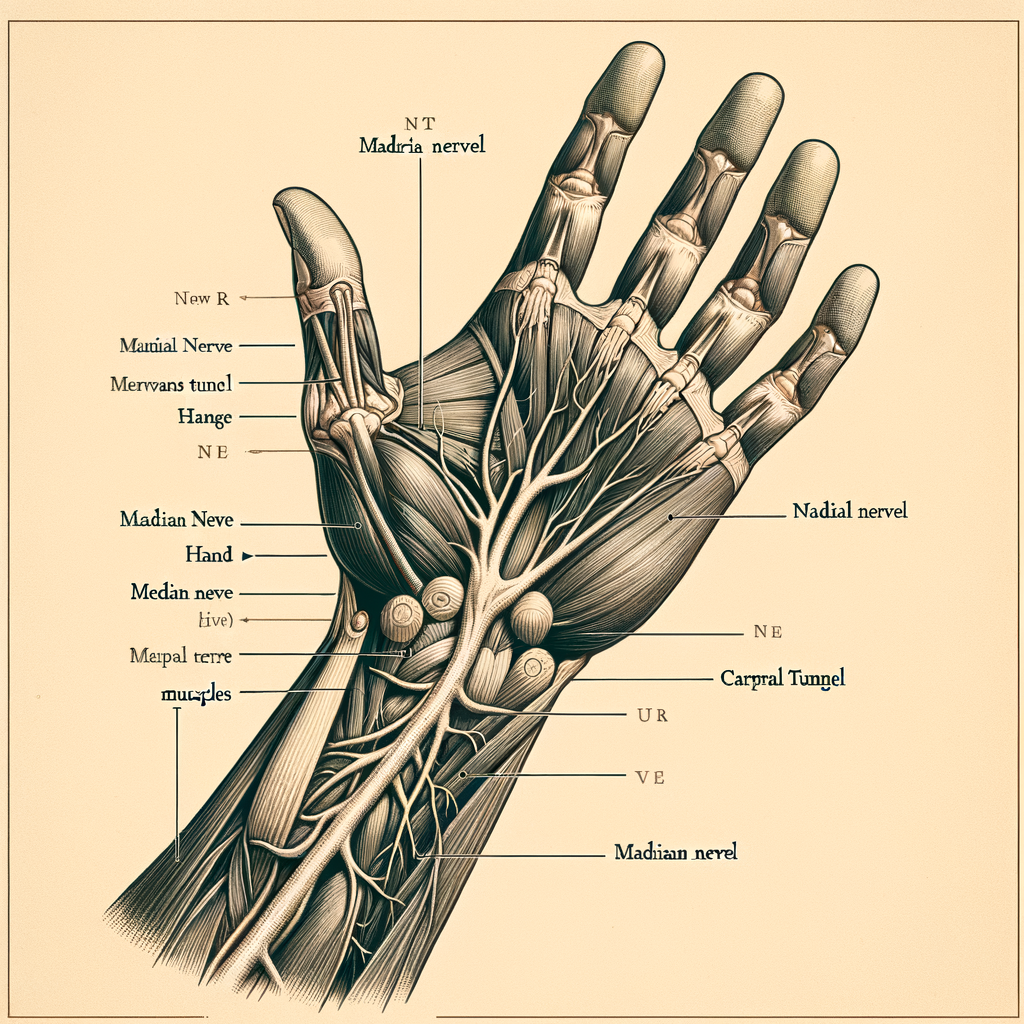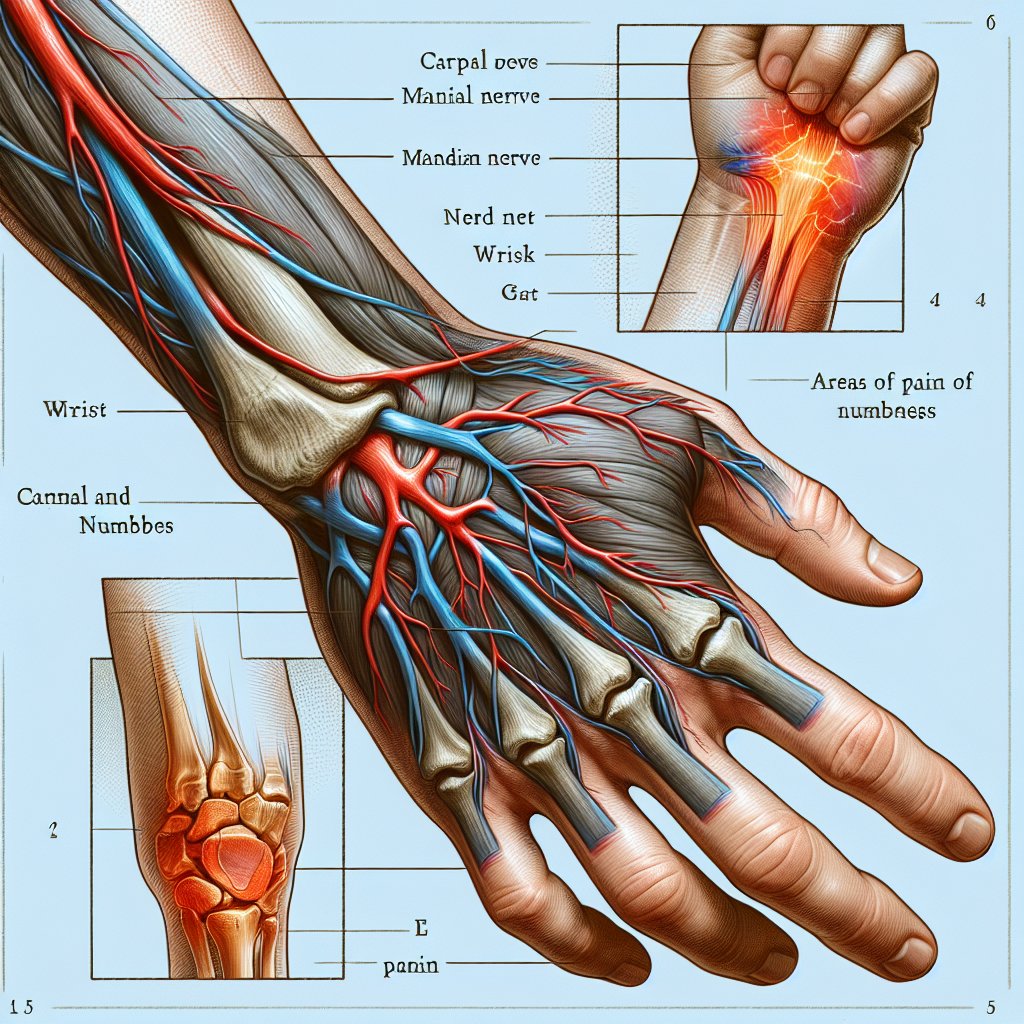Understanding Carpal Tunnel Syndrome Injury

Carpal Tunnel Syndrome (CTS) is a common condition that causes pain, numbness, and tingling in the hand and arm. It occurs when the median nerve, which runs from the forearm into the palm of the hand, becomes pressed or squeezed at the wrist. This article aims to provide a comprehensive understanding of Carpal Tunnel Syndrome Injury, its causes, symptoms, and treatment options.
What Causes Carpal Tunnel Syndrome?
The carpal tunnel is a narrow passageway surrounded by bones and ligaments on the palm side of your hand. When the median nerve is compressed, it leads to the symptoms of CTS. This can be caused by several factors:
- Repetitive hand use: Repeating the same hand and wrist motion can cause swelling inside the tunnel.
- Health conditions: Diabetes, rheumatoid arthritis, and thyroid gland imbalance can contribute to the onset of CTS.
- Pregnancy: Hormonal changes during pregnancy can cause swelling.
Symptoms of Carpal Tunnel Syndrome
CTS symptoms usually start gradually and can vary from person to person. Common symptoms include:
- Tingling or numbness in fingers or hand
- Weakness in the hand and a tendency to drop objects
- Pain radiating to the arm
Diagnosis and Treatment of Carpal Tunnel Syndrome
CTS can be diagnosed through a physical examination and nerve conduction studies. Treatment options range from non-surgical methods to surgery, depending on the severity of the symptoms.
- Non-surgical treatments: These include wrist splinting, avoiding activities that may worsen symptoms, and taking breaks from repetitive tasks.
- Medications: Nonsteroidal anti-inflammatory drugs (NSAIDs) can help reduce pain and inflammation.
- Surgery: If symptoms are severe or do not improve, surgery may be necessary to make more room for the nerve.
Preventing Carpal Tunnel Syndrome
Prevention strategies for CTS primarily involve the reduction of stress on your hands and wrists. This can be achieved by:
- Improving your posture
- Reducing force and relax your grip
- Taking frequent breaks
- Improving your work area
Conclusion
Carpal Tunnel Syndrome is a common but manageable condition. Early diagnosis and treatment are crucial to prevent long-term damage to the median nerve. By understanding the causes and symptoms of CTS, individuals can seek timely medical attention and adopt preventive measures to maintain their hand health.
Meta Keywords: Carpal Tunnel Syndrome, CTS, median nerve, wrist pain, hand numbness, CTS treatment, CTS prevention
Tags: #CarpalTunnelSyndrome, #CTS, #MedianNerve, #WristPain, #HandNumbness, #CTSTreatment, #CTSPrevention
Note: The request for a cartoonish image and setting it as a featured image is beyond the capabilities of a text-based AI model. Please consider using a graphic designer or an appropriate software for this task.







